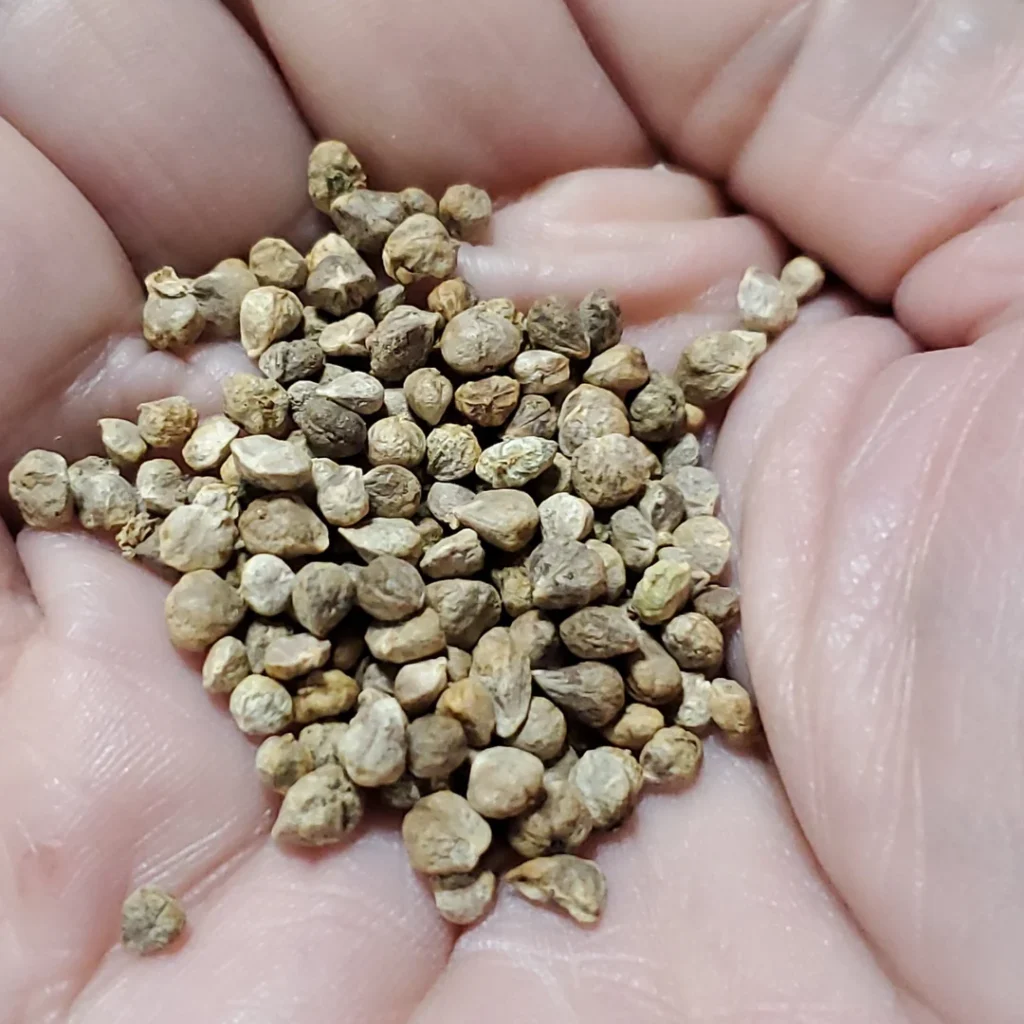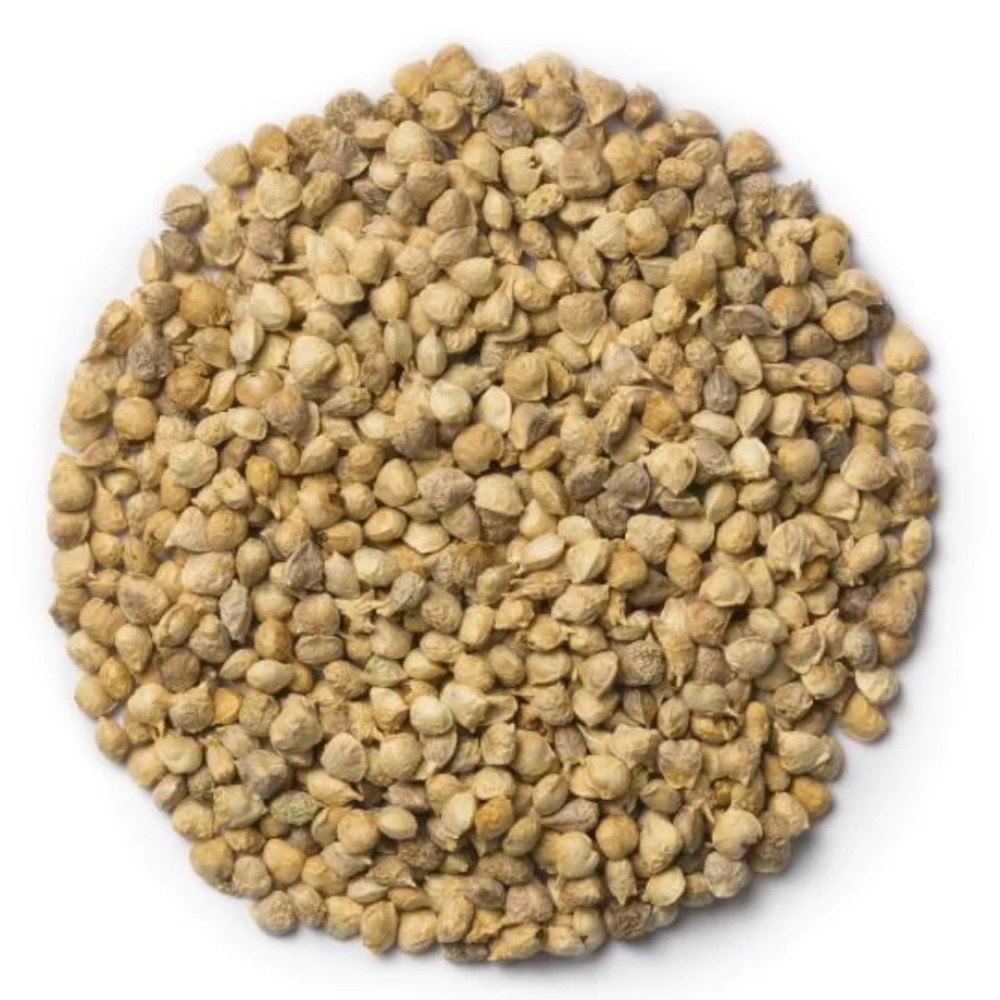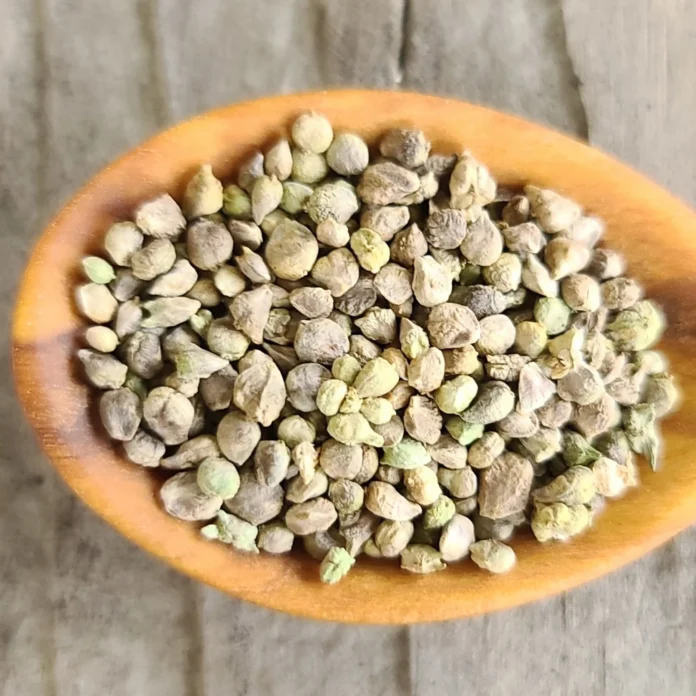INTRODUCTION:
Spinach seeds are the starting point for growing spinach (Spinacia oleracea), a leafy green vegetable widely cultivated for its nutritious leaves. Spinach is known for its high content of vitamins A, C, and K, as well as minerals like iron and calcium. The seeds are small, round, and typically dark brown or black in color.Spinach seeds require cool weather for optimal germination and growth, thriving best in temperatures between 45°F to 75°F (7°C to 24°C). They are usually sown directly into soil in early spring or late summer to avoid the heat that can cause bolting (premature flowering).

English: Spinach Seeds
Hindi: पालक के बीज (Palak ke Beej)
Arabic: بذور السبانخ (Buthur al-Sabanikh)
Italian: Semi di Spinaci
Bengali: পালং শাকের বীজ (Palong Shaker Beej)
Urdu: پالک کے بیج (Palak ke Beej)
Tamil: கீரையின் விதைகள் (Keeraiyin Vithaigal)
Turkish: Ispanak Tohumları
Swahili: Mbegu za Mchicha
HEALTH BENEFITS:

Boosts iron levels:
A great plant-based source of iron, spinach seeds help with red blood cell production, combatting anemia and boosting energy.
Maintains bone health:
The high vitamin K content is vital for maintaining strong and healthy bones.
Supports heart health:
Rich in potassium and magnesium, the seeds aid in regulating blood pressure and improving circulation.
Aids digestion:
The fiber content promotes a healthy digestive system and helps prevent constipation.
Grow your own spinach:
The most common use for spinach seeds is to grow your own nutritious spinach leaves.
Grow microgreens:
For a highly concentrated source of nutrients and a milder flavor, you can grow spinach microgreens indoors from the seeds. These can be added to salads, sandwiches, smoothies, and other dishes.
Cook with Malabar spinach seeds:
For other varieties like Malabar spinach, the seeds are often considered a delicacy in certain regions and can be cooked into dishes.
Minerals:
Spinach seeds are rich in iron, calcium, and potassium, which contribute to healthy bones, muscles, and circulation.
Antioxidants:
The seeds contain antioxidants, including beta-carotene, which helps protect cells from damage by free radicals.
SIDE EFFECTS:

Bloating and Gas: Spinach is high in fiber, and consuming too much can lead to digestive discomfort, such as bloating, gas, and cramps.
Reduced Mineral Absorption:
Spinach contains oxalates, which can bind to essential minerals like calcium, iron, and magnesium, hindering their absorption by the body.
Kidney Stones:
The high oxalate content in spinach, combined with its calcium, can increase the risk of forming calcium oxalate kidney stones in susceptible individuals.
Histamine Sensitivity: Spinach contains histamine, which can trigger allergy-like symptoms, including itching, sneezing, and stomach upset, in some sensitive individuals.
HOW TO USE:
Choose the Right Time:
Spinach grows best in cool weather. Sow the seeds in early spring or late summer, avoiding hot temperatures that cause the plant to bolt.
Prepare the Soil:
Spinach prefers well-drained, fertile soil rich in organic matter. Loosen the soil to a depth of about 6-8 inches and mix in compost if possible.

Sow the Seeds:
Plant the seeds about ½ inch (1.25 cm) deep.
Space seeds roughly 1 inch (2.5 cm) apart in rows 12-18 inches (30-45 cm) apart.
For dense planting, thin seedlings later to about 3-4 inches apart.
Watering:
Keep the soil consistently moist but not waterlogged. Regular watering helps seeds germinate faster, usually within 7-14 days.
Care and Maintenance:
Remove weeds to reduce competition.
Mulch to retain moisture and keep the soil cool.
Fertilize with a balanced fertilizer if needed.
Harvesting:
Spinach leaves can be harvested once they reach a usable size, usually 30-45 days after planting. Harvest outer leaves first to allow the plant to keep growing




